Our man Paul Dye is in South Africa this week flying the all-new Sling High Wing airplane. The company has pulled out all the stops, offering Paul multiple days of flying and a rare look inside the design and manufacturing capabilities Sling brings to bear.
Today we got our first chance to fly the new High Wing Sling, two different versions, in fact! Sling has been flying the tricycle-gear version for quite awhile now, and has considerable experience with it. The taildragger version is newer, having ben finished more recently, and is still undergoing some tweaking when it comes to gear location and tailwheel installation. But we can report that they are both very good aircraft, with a great deal of engineering expertise behind them that shows.
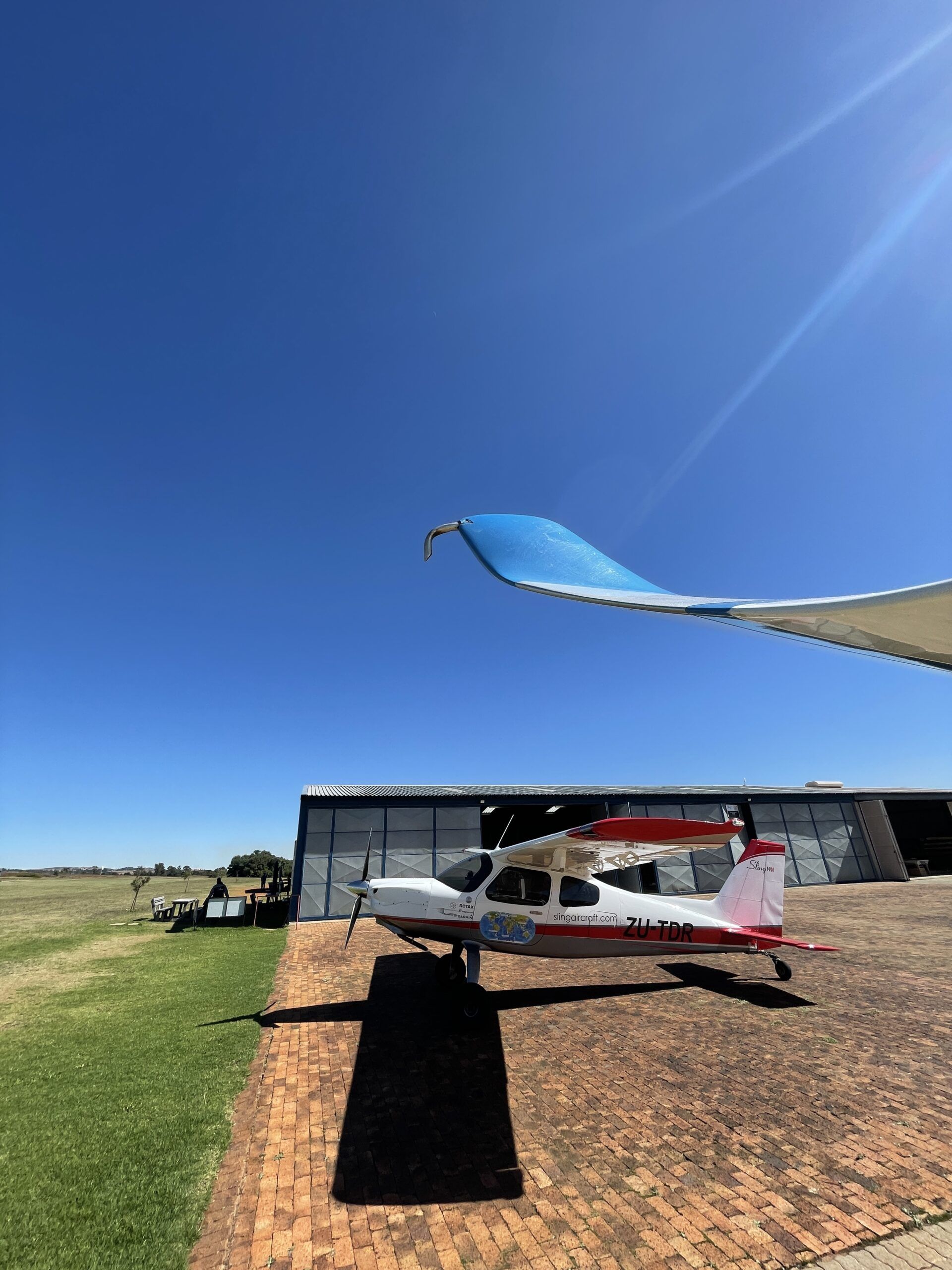
The High Wing incorporates what is essentially the same wing as the low wing Sling TSi. It’s a cantilever wing that seems to work just as well on top of the fuselage as it does on the bottom. Powered by the Rotax 915iS, the High Wing benefits from a turbo-normalized engine able to maintain full power to 16,000 feet. (Rotax rates the engine at 141 hp for takeoff and 135 hp maximum continuous. Its stated service ceiling is 23,000 feet!)
Matched to the Airmaster constant-speed prop, the power is more than enough for the four-seat aircraft. While it is about 10 knots slower than the low wing Sling due to its greater frontal area, it flies just as nice, with good harmony between pitch and roll, and good enough yaw stability to keep the ball centered even if you fly it with your feet flat on the floor.
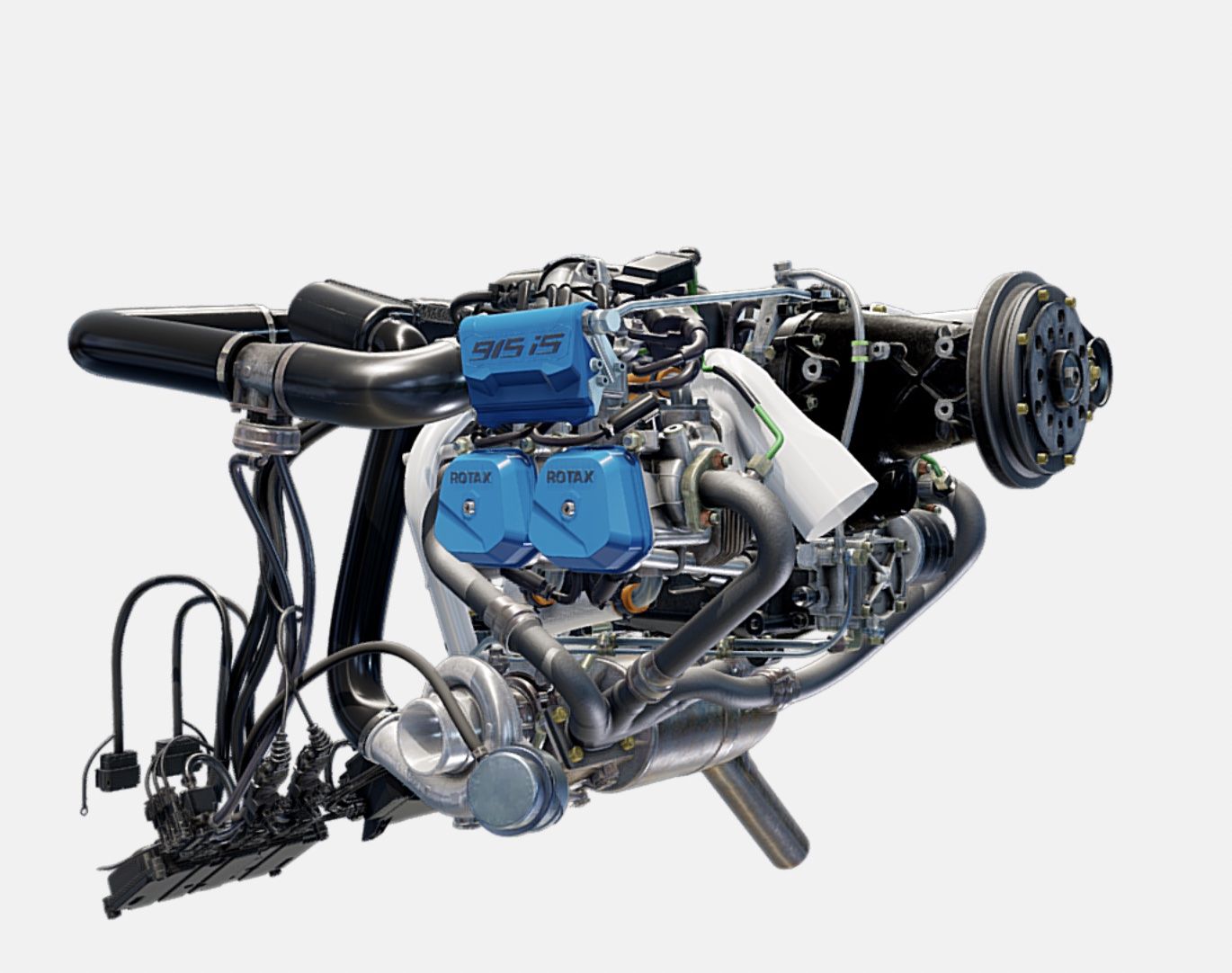
While Sling is still tweaking, they have two different sizes of vertical tails on the two prototypes. The taller one on the trike proves excellent stability, and the shorter one on the tail dragger makes you add just a touch of rudder while turning. There are pros and cons for both configurations but, frankly, either one works just fine in my opinion.
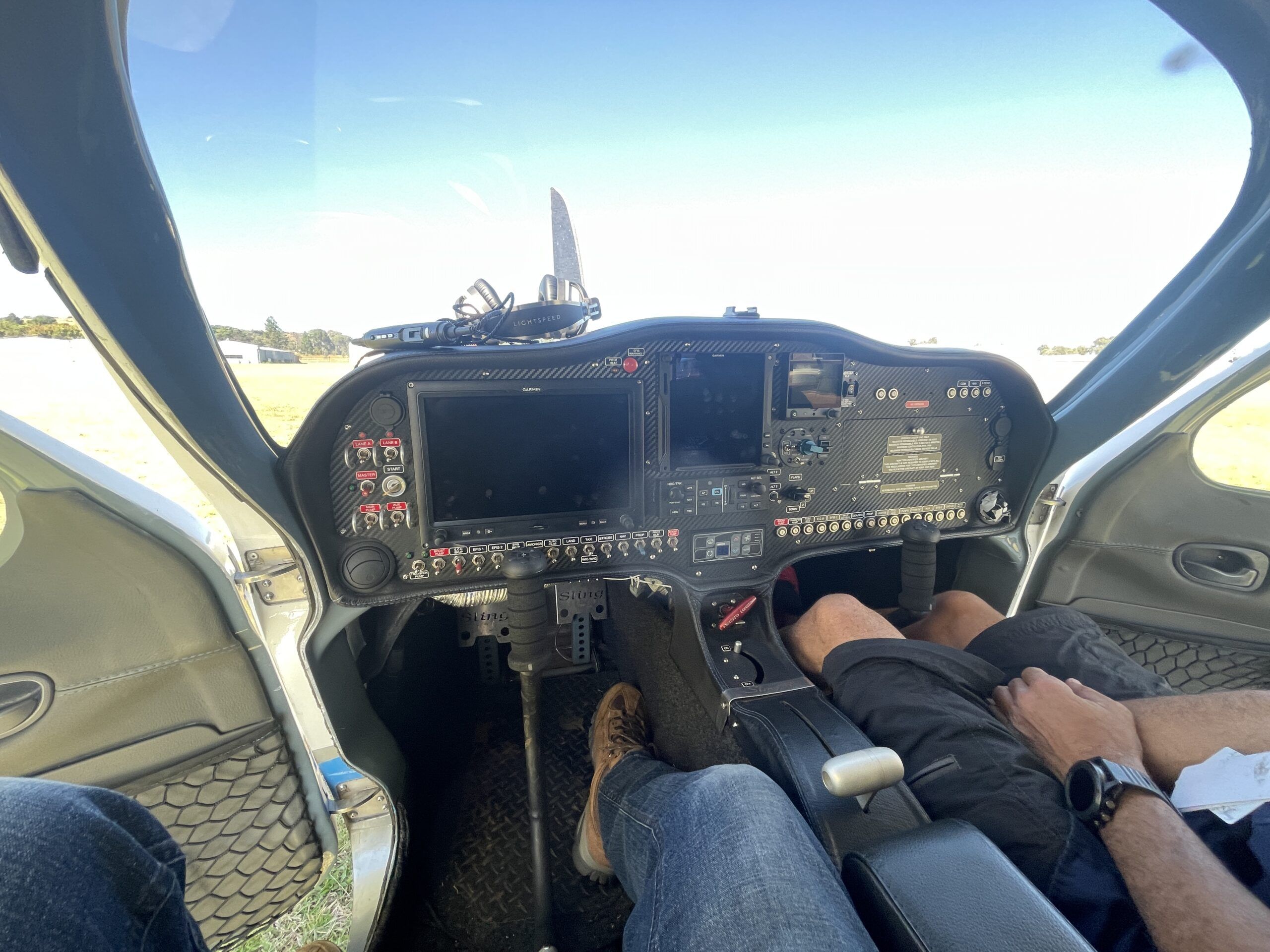
There is plenty of cabin room, and they are even thinking of moving the rear seats forward a bit to create more baggage space, In our view the legroom for the rear seat passengers is almost excessive, so the longer baggage area will be a plus with no minuses.
We put the airplanes through their initial paces of stalls, slow flight, take-offs and landings and some fun down-low maneuvering during this visit. Overall, we’re impressed with the packages. Tomorrow we’ll be taking a little flying trip to a nearby breakfast and safari.
Look for the full report including a factory tour in a future issue of KITPLANES.

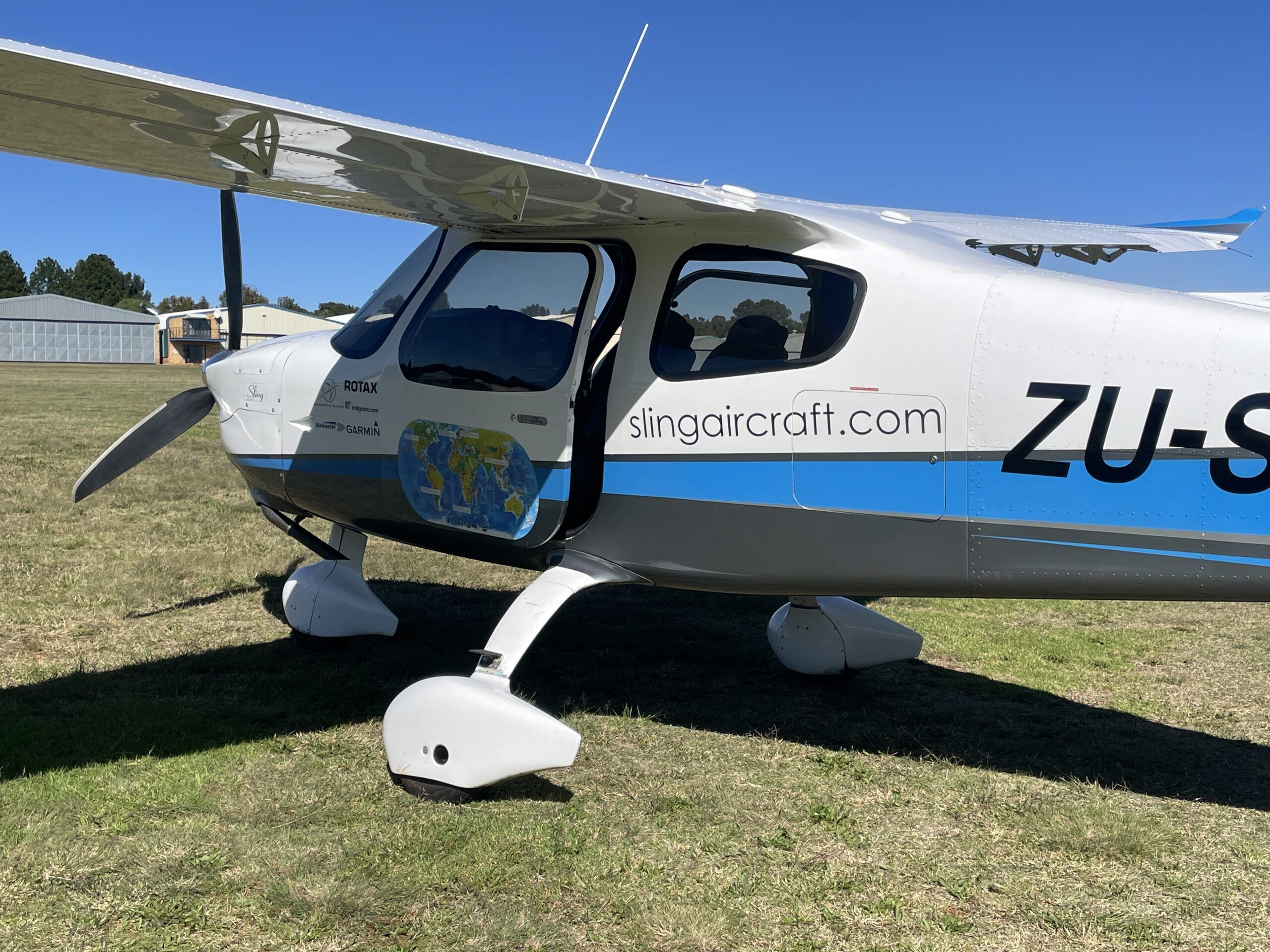

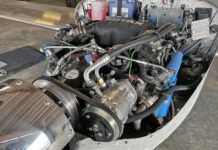
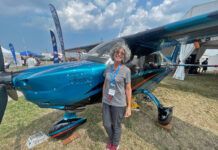
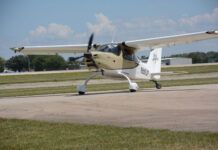
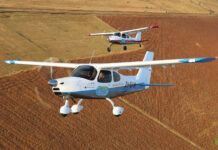
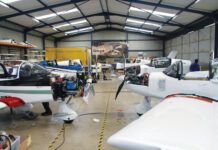

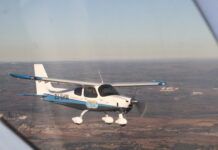
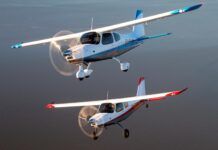
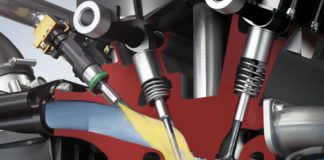
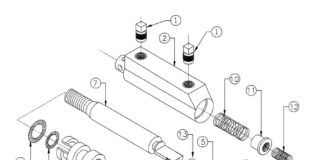
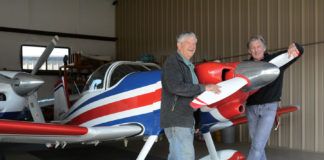
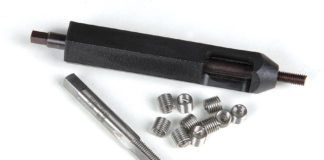
Always good too see positive reviews of products from my home country .